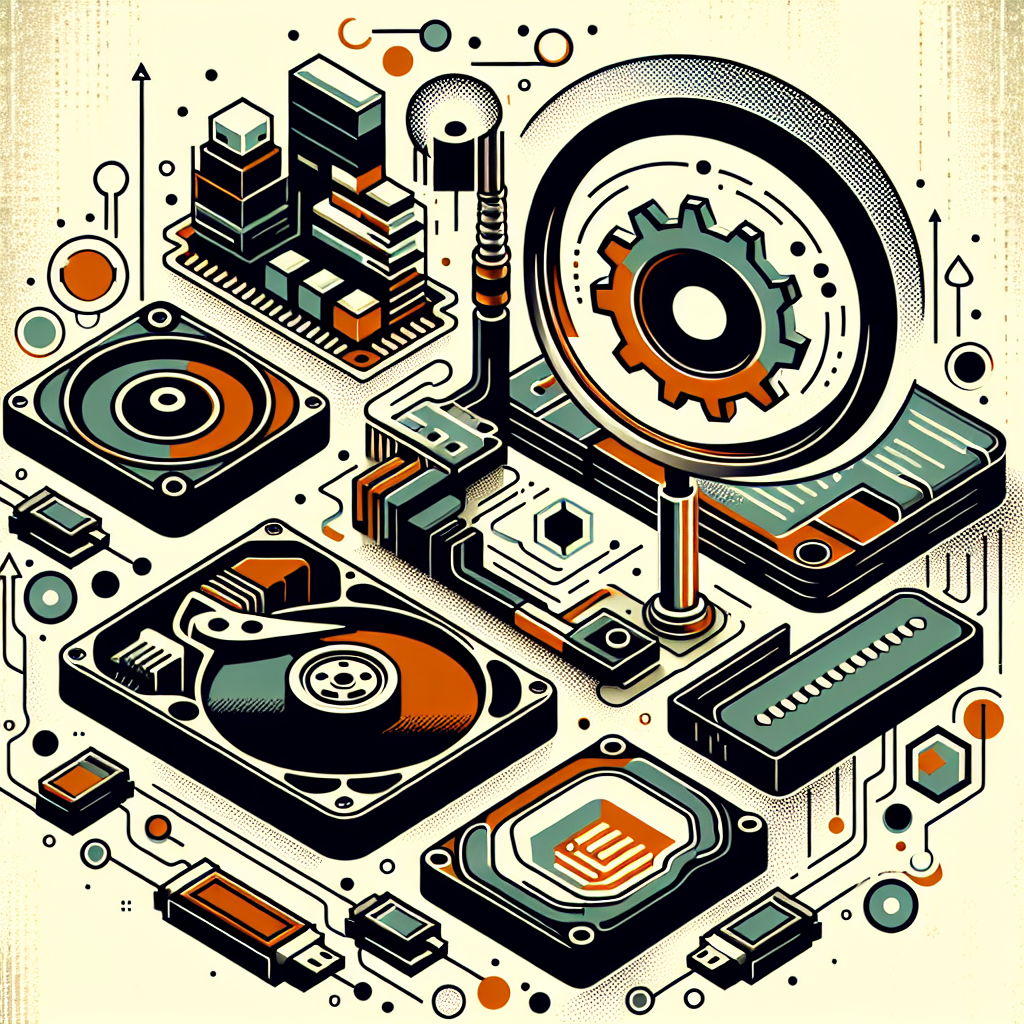Troubleshooting Common SATA Issues: Tips and Tricks for Users
As technology continues to advance, SATA (Serial Advanced Technology Attachment) has become the standard interface for connecting storage devices such as hard drives and solid-state drives to computers. While SATA is generally reliable, users may encounter common issues that can hinder performance and data access. In this article, we will discuss some troubleshooting tips and tricks for users to address common SATA issues.
One common issue that users may encounter with SATA drives is slow data transfer speeds. This could be the result of a variety of factors, such as outdated drivers, a faulty cable, or a drive that is nearing the end of its lifespan. To address this issue, users should first check for any updates to their SATA drivers and install them if necessary. Users should also try using a different SATA cable to see if the issue is resolved. If the problem persists, it may be time to consider replacing the drive.
Another common issue with SATA drives is data corruption or loss. This can be caused by a variety of factors, such as a faulty drive, power surges, or improper handling of the drive. To prevent data loss, users should regularly back up their data to an external storage device or cloud service. Additionally, users can run disk diagnostic tools to check for any errors or bad sectors on the drive. If data corruption occurs, users may be able to recover lost files using data recovery software.
Users may also encounter issues with the recognition of SATA drives by their computer’s operating system. This could be due to a variety of factors, such as a loose connection, outdated drivers, or a faulty drive. To address this issue, users should first check that the SATA cable is securely connected to both the drive and the motherboard. Users should also check for any updates to their SATA drivers and install them if necessary. If the drive is still not recognized, users can try connecting the drive to a different SATA port on the motherboard or using a different SATA cable.
In conclusion, while SATA drives are generally reliable, users may encounter common issues that can hinder performance and data access. By following the troubleshooting tips and tricks outlined in this article, users can address common SATA issues and ensure that their drives are running smoothly. Remember to regularly back up your data, check for updates to drivers, and handle your SATA drives with care to prevent data loss and corruption.


